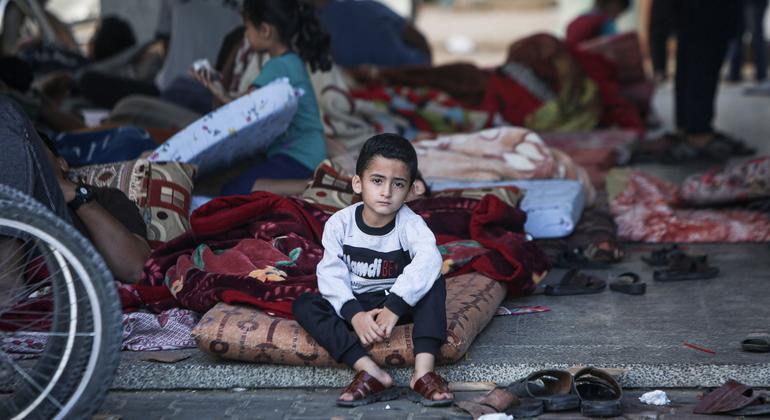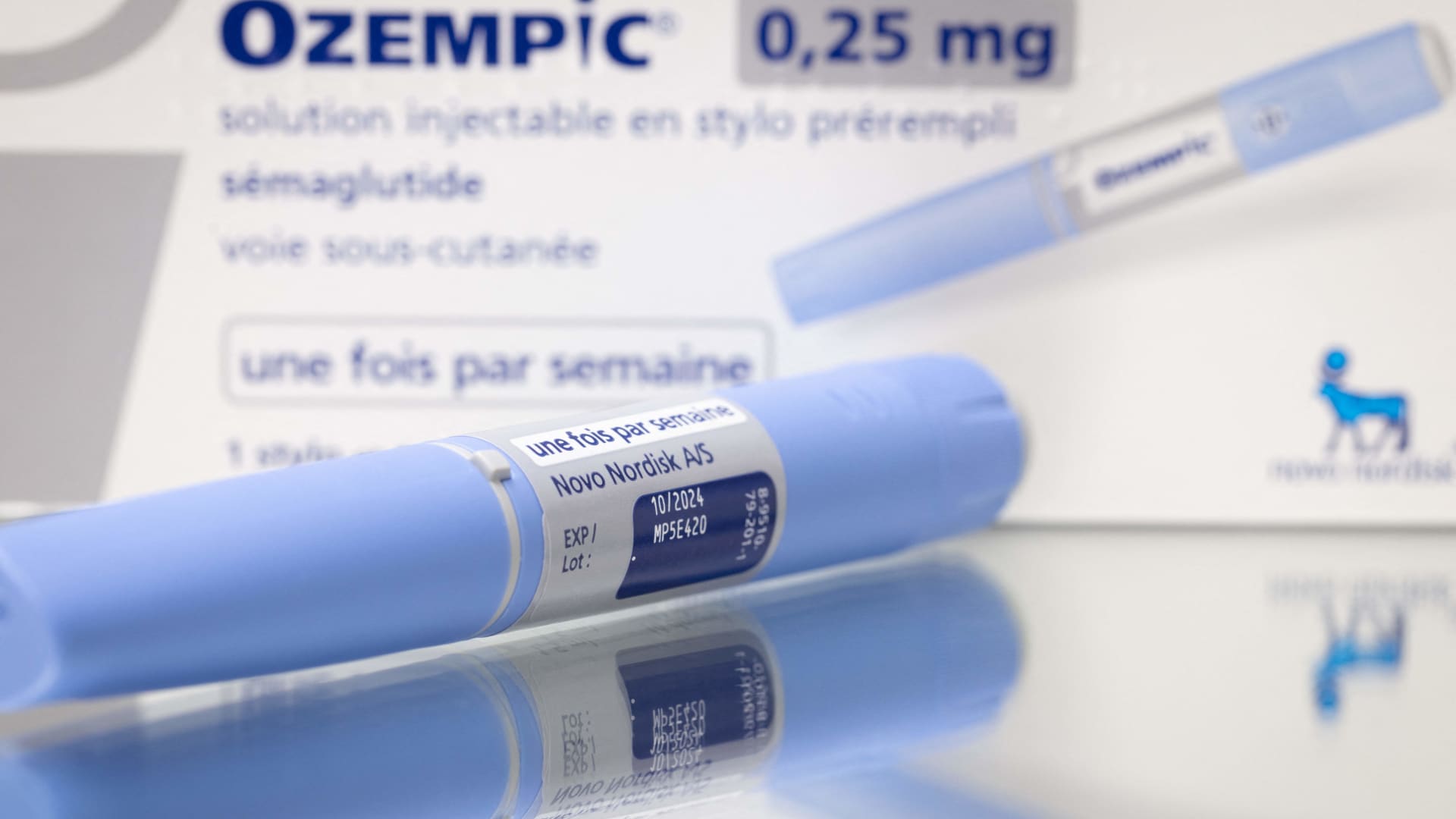Speaking on Thursday at a press conference in Geneva, Tedros said that in about 25 percent of the countries, some health facilities have had to close completely due to cuts, according to figures from more than 100 countries compiled by WHO.
Severe interruptions
Pocket payments for health services have led to interruptions in the supply of medicines and other health products, as well as the increase in loss of jobs in the health sector.
As a result, “countries are reviewing the budgets, reducing costs and strengthening fundraising and associations,” said UN Health Agency Chief.
Of the dependency of help to self -sufficiency
Having to review the budgets, reduce costs and strengthen associations and fundraising, some countries depend on the support of who is the transition from the dependence on help towards sustainable self -sufficiency.
“Now we are supporting countries to accelerate that transition.“Tedros said, citing examples of countries such as South Africa and Kenya, which are working successfully to avoid impacts on the health of sudden and non -planned cuts.
WHO recommendations
Tedros provided countries with several recommendations on ways of mitigating fund cuts:
- The poorest populations in the world need to prioritize limiting their exposure to pocket spending
- Resist reductions in public health spending and protect health budgets
- Canal donor funds through national budgets, instead of parallel donation systems
- Avoid reducing closing services or facilities, and absorbing as much impact possible through efficiency gains in the health system
New sources of income
Through short and long -term tools, which also encourages countries to generate new sources of income.
Immediate measures, such as introduction or increased taxes on products that damage public health, is another effective tool to maintain health spending, he added.
Countries like Colombia and Gambia, which in recent years have introduced such taxes, have seen income and drop in consumption increase, Tedros said.
In the long term, WHO advocates social and community health insurance policies, where people or families can contribute a small amount to a fund that increases health service financing.
Although not all measures will be adequate for each country, which “works with the affected countries to identify which measures are the best for them and to adapt those measures accordingly.”












